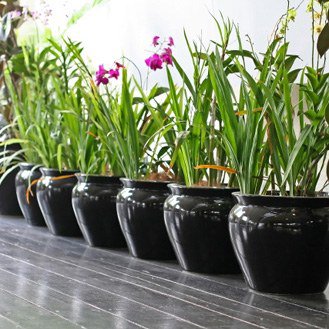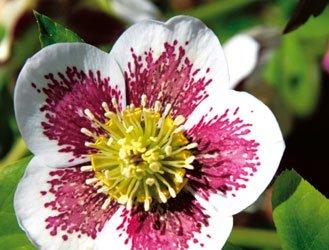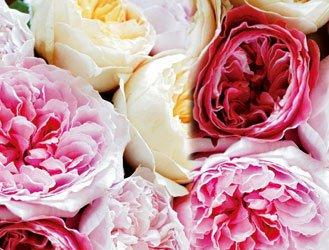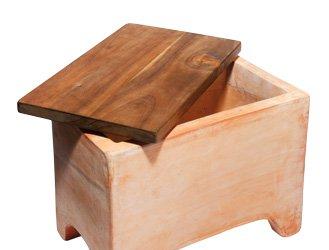The flower bulbs or rose plants purchased this fall may not match what is proposed by professionals . According to a survey by the Directorate General of Competition, Consumer Affairs and Fraud Control (DGCCRF), nearly a third of these products sold in garden centers and in large and medium-sized areas do not comply with what is advertised on the package or label.
This survey, unveiled in the latest issue of the journal Competition and Consumption of the DGCCRF and relayed by the magazine 60 million consumers, was conducted during the 2007-2008 season with about fifty institutions offering horticulture. The average infringement rate is just over 30% .
One-third of the fall bulbs ( hyacinths, narcissi, tulips , etc.) that are marketed do not conform to the variety announced or the presentation made on the packaging. For roses, more than 28% of the plants studied are not compliant .
The situation is even more negative for maxi-discounters and mail-order catalogs, where the anomaly rate exceeds 55%. In the garden centers, more than 35% of the roses proposed for sale are not in conformity.
In addition to the problems of conformity or lack of labeling, the drifts also concern the conditioning and the bad tracking of the bulbs and the roses on the shelf.
Several signs were called to order by the controllers and two minutes were drawn for poor quality bulbs and roses. A file of deception was also transmitted to the parquet for non-correspondence of the blooms with the picture appearing on the packaging




